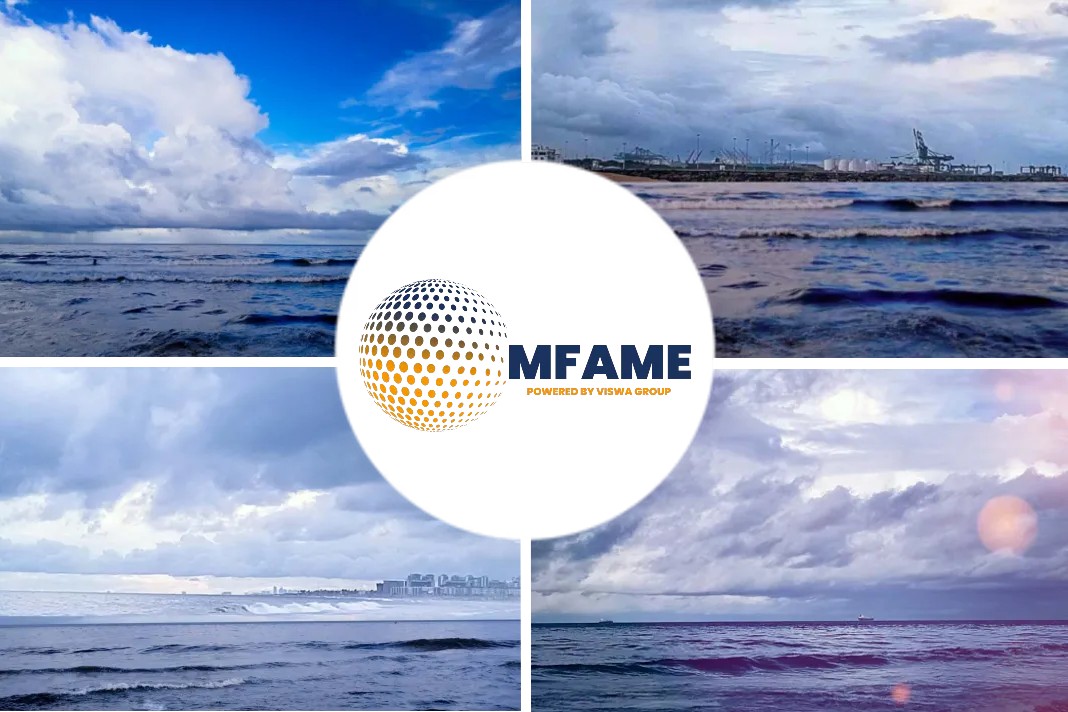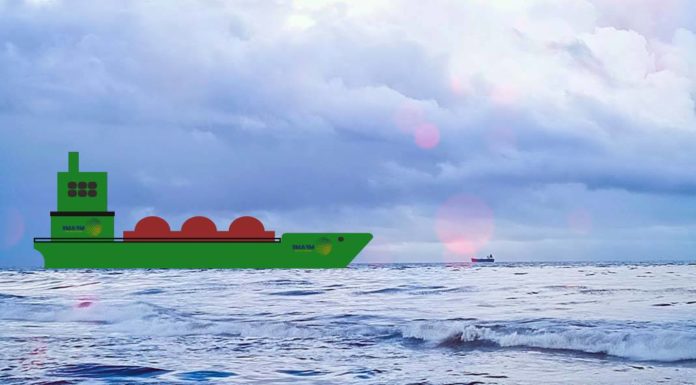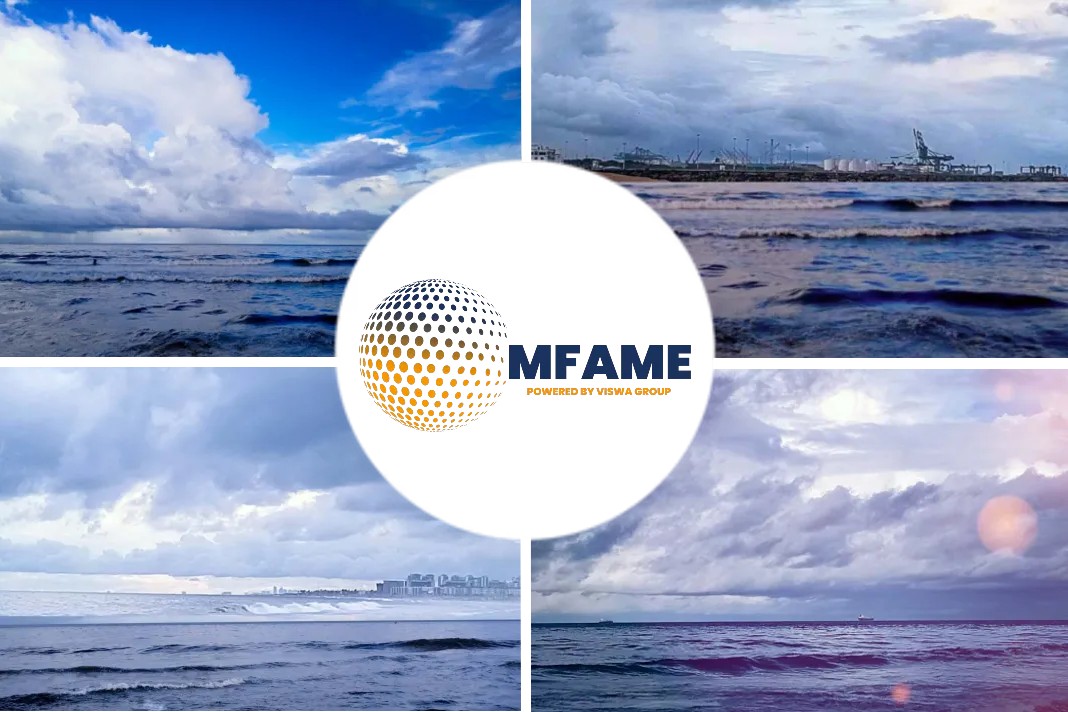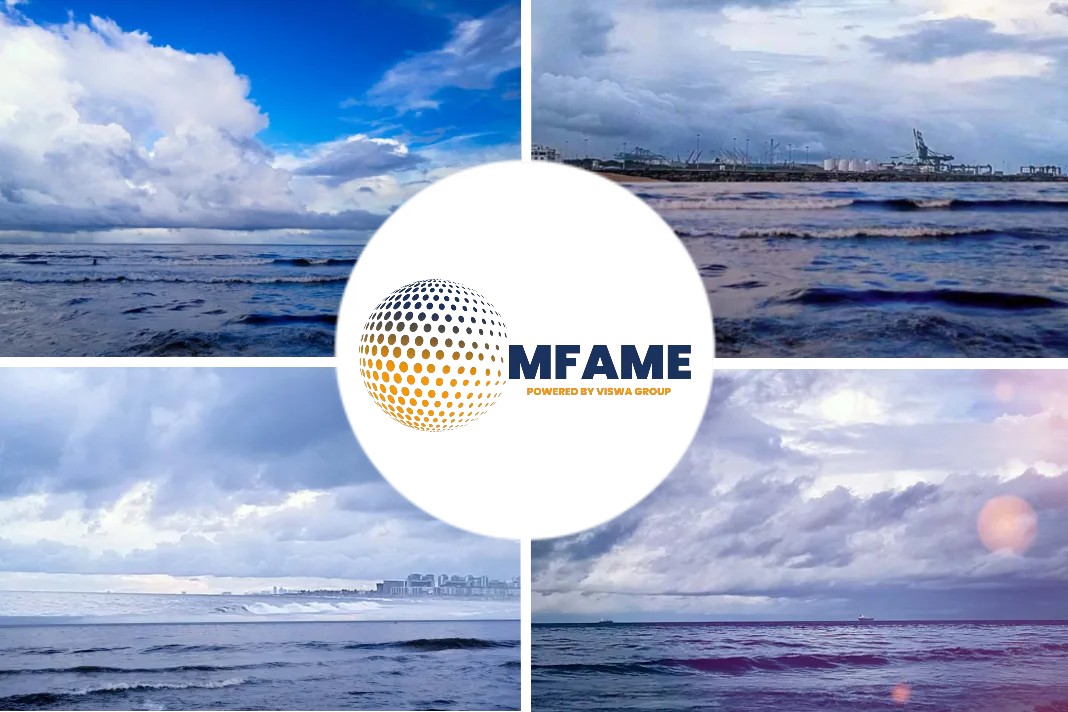From Trump’s global trade troubles, to Greta Thunberg’s climate call to action, and regional economic woes, Europe’s methanol market – like many others in the petrochemical world – faces a host of concerns going into 2020 as it digests the past year’s twists and turns, says an article published in the ICIS website.
The positivism of 2018 faded for Europe’s methanol players in 2019 as weak pricing deflates producers and soft economic performance in the EU depresses consumers.
Poring over the demand for 2020 and beyond is likely to be a major talking point during this year’s European Petrochemicals Association (EPCA) annual conference.
Weaker-than-expected performance from the automotive sector in 2019 has dented the European petchems industry, and easing manufacturing PMI indices (see interactive chart) point to pessimism.
Europe/Russia Manufacturing PMIs
Slowing economic performance is on the cards, with ICIS forecasting an average annual European GDP growth rate of 1.74% for the 2019-2025 period.
As a reference point, EU growth rates were 2.5% in 2017 and 1.9% in 2018 for real GDP, as seen in EU figures (see chart)
OVERSUPPLY, TRADE WARS WEIGH ON 2020 OUTLOOK
Extremely high volumes proved a pain for storage in Rotterdam from April, and peaking in June and July. Ships may have had to wait to discharge, while some loading barges were cancelled.
It will have temporarily made it trickier for traders wanting to book several thousand tonnes’ spot capacity three weeks in advance.
The situation has since improved, though any return to hitting the tank tops could potentially limit liquidity since it adds challenge to moving product into or out of the port.
Ample supplies are expected for the coming year. Having said this, the current abundance of material means upcoming new capacity is potentially being delayed.
Trinidadian volumes earmarked for an October 2019 opening are now, it is speculated, probably set for a delayed ribbon cutting, potentially until the end of 2019.
It is unclear what, if anything on the horizon, could shake the market out of its stupor.
It would take a really big global outage to swing the market, said one trading source.
Short-term shocks such as the Saudi oil infrastructure attacks in September, which temporarily propelled crude prices sky-high, or a string of late-summer methanol outages globally have failed to make any significant impact on pricing.
EU and China methanol, BFOE crude prices, €/tonne
–
Any uptick in Chinese consumption could boost global markets and pricing.
A revival in European demand could also offer support though it is debatable how much this would counter oversupply.
Testament to the challenge posed by high competition in Europe and Russia, in light of new Dutch and Russian capacity and growth in the US, Iran and Trinidad, is reputed interest in exporting beyond the Baltics.
IMO – NOT MAJOR WAVES YET
International Maritime Organization (IMO) new regulations starting in 2020, a major obsession for much of the refining industry, is taking less attention for methanol as low sulphur fuels appear to be winning the race for the marine fuel market.
There is probably still some opportunity in local markets, and Canada’s Methanex is slowly but surely growing the fleet of vessels in its subsidiary, Waterfront Shipping.
The christening of a pair of new dual-fuelled tankers able to use methanol in August 2019 at the Hyundai Mipo Dockyard in South Korea points to slow but steady progress.
The two 49,000 deadweight tonnage (dwt) product tankers, named Mari Couva and Mari Kokako, join seven existing dual-fuel tankers run by Waterfront Shipping.
Greg Dolan, CEO of The Methanol Institute, said in August: “The fact that the new ships feature more efficient engines capable of achieving IMO NOx [nitrogen dioxide] Tier III compliance with no further modification demonstrates that this is a technology that is moving forward consistently.”
MARKET CONSIDERS QUARTERLY AND PAPER
Quarterly pricing too is another topic that may reappear during the industry get-together, as some players re-examine the standard spaced out negotiations and consider monthly pricing.
2019 is the year futures prices grew after getting off the ground in 2018.
Liquidity on methanol paper clearing via the CME’s NYMEX exchange rose to hit 74,000 tonnes to the end of September, up from last year’s total of 65,000 tonnes.
In that context, and with some calls for a daily pricing approach, this may throw up the term-business question once more.
SUSTAINABLE TREND GROWS IN PETCHEMS AGENDA
Sustainability, climate change and ditching disposable single-use plastic has been a major theme across the petrochemical world in 2019, echoing international attention stoked by the likes of Greta Thunberg.
From the teenage activist’s speeches at the UN, to a trend away from plastic straws in everyday life, such social change is driving consumer awareness and is translating into a pressing need for corporates to take the circular economy and low carbon initiatives seriously.
As a result, 2020 could perhaps be a year when biomethanol enquiries take more focus.
RHINE HAS NOT REARED ITS HEAD – YET
One area where the market is feeling blessed relief is the Rhine.
Logistical troubles such as the dramatically low river levels in 2018 have mercifully been absent so far in 2019.
Major consumers reliant on the river may be wary heading into winter, when water is typically locked into glaciers upstream and can leave further south feeling dry.
Which will mark a contrast with the rain forecast for much of EPCA.
As the conference kicks off, and Europe looks set for a fairly downbeat week of deliberation, a healthy dose of pathetic fallacy may end up matching the market’s mood quite aptly.
The EPCA annual meeting runs in Berlin on 6-9 October.
Did you subscribe to our daily newsletter?
It’s Free! Click here to Subscribe!
Source: ICIS





















